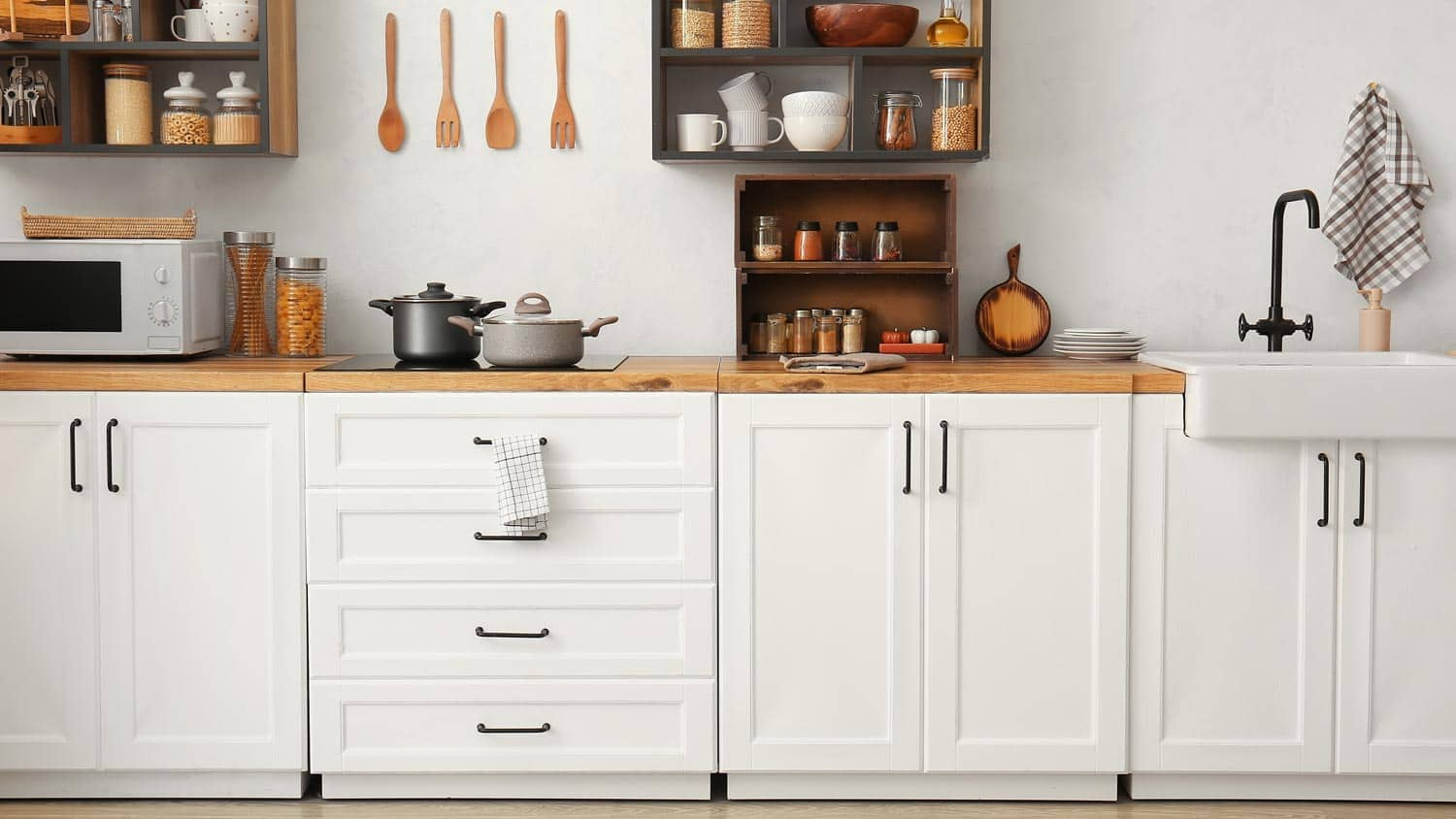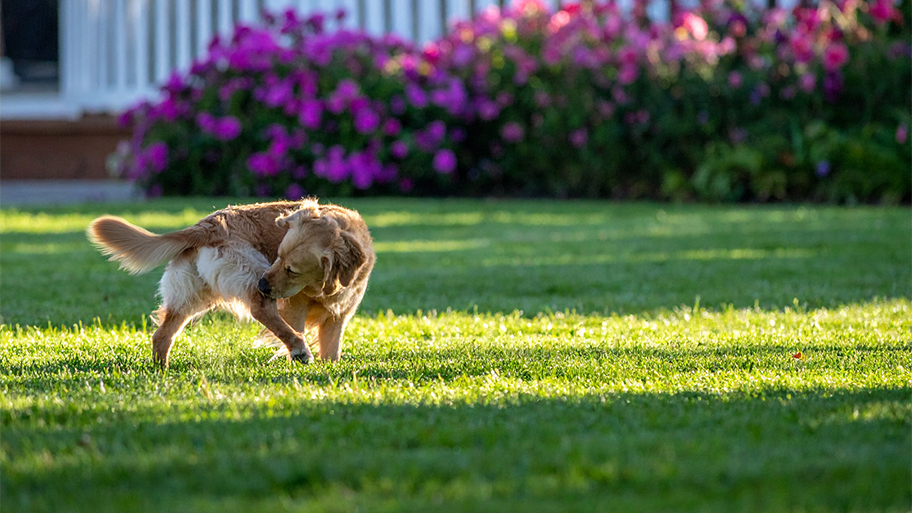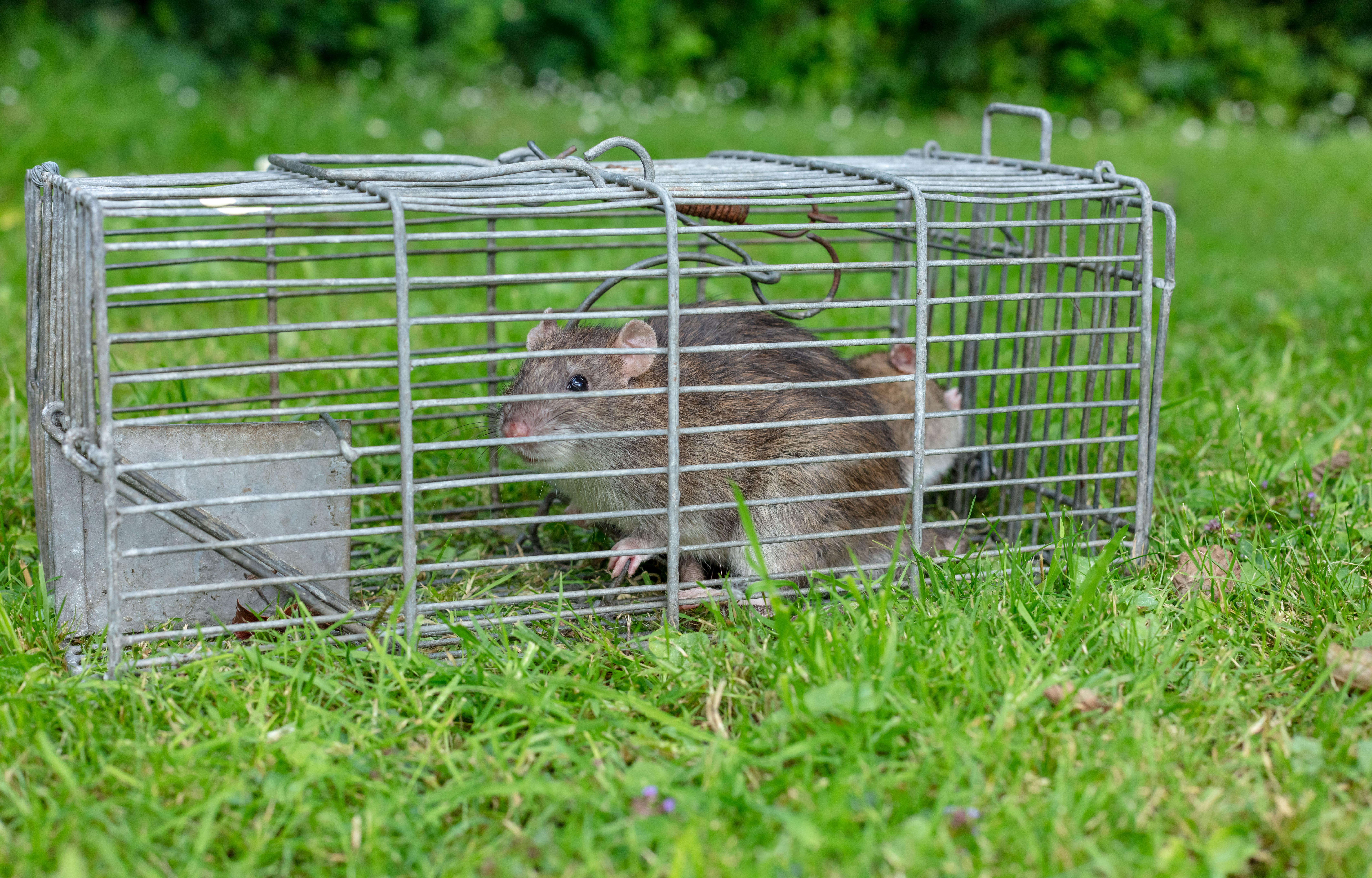
How much does bee removal cost? Learn what you’ll pay based on factors like hive location, size of the infestation, extermination or removal, and more.
The ants go marching one by one across your kitchen counter


Of all the pest problems out there to contend with, trying to ban ants from your kitchen is maybe the most common and persistent. And even though these pests are rarely dangerous, there's nothing like a line of ants crawling across your counter to also make your skin crawl.
If you've spotted the telltale signs of a nearby colony, here are nine tips to help you learn how to get rid of ants in the kitchen and keep them away for good.
Ants are not particularly picky eaters: They'll keep themselves and their colonies alive with access to nearly any sweet or savory snack. Take a close look at your counters, pantry, and even the refrigerator, and close up any open or loosely sealed containers.
Common trouble spots include cereal boxes, olive oil bottles, fruit bowls, sugar jars, cookie jars, and sticky containers inside the fridge. Opt for sealed plastic or glass containers in your pantry and try to store food boxes off the counter and away from the windows.
The best way to get rid of ants in your kitchen often comes down to knowing what exactly is invading your sacred cooking space. Odorous house ants, black ants, and sugar ants are some of the most common culprits nationwide, while you'll spot fire ants in the south. Practice caution when disturbing a line or colony of fire ants, as they can inflict a mean sting.
Carpenter ants are also in it for the sweet snacks, but they can cause damage to the wood in your home as well. These wood-boring ants have large segmented brown or black bodies and may leave small piles of sawdust where they push through the wood. Over time, they can cause structural damage to your home, so it's important to get rid of carpenter ants quickly.

One of the first things to do when you spot ants in the kitchen is to deep clean your countertops. Many countertop materials hide sugary spots or splashings of last night's marinara, so it's best to wipe them down even if they look clean. Pay extra attention to the crevices between the walls and the counter and around sinks and appliances where any water pools.
Before breaking out the all-purpose cleaner, be sure to choose the right cleaning method for your countertop material to protect its beauty while warding off the ants.
Other than countertops and around food containers, sweet and oily residue builds up in often glossed-over areas of your kitchen. Break out the sponge and wipe down:
Cabinet faces
Pantry shelves
Pots and pans storage area
Sides, tops, and bottom of the fridge
The inside of the fridge
The inside and outside of your dishwasher
Sink fixtures
Oven, stove, and knobs
Area below your range hood
Walls and tiles around your counters
Behind and below your garbage can
After your kitties and puppies eat their morning breakfast, it's easy to forget about the remaining kibble or wet food left out in the open. Ants with a nearby colony—inside or outside your home—will smell this freshly laid-out food and make a run for it. And since ants in your kitchen are often on the hunt for water as well, their water bowl makes the whole setup a prime dining spot.
Clear away pet food as soon as mealtime is over, or if possible, move your pet food setup out of the kitchen until you get the ant situation under control.
Ants have to break in at some point, and learning where their entry point is could be the key to killing ants in your kitchen as well. Large numbers of ants often travel from a nearby inside or outside colony. They may be coming through a crack in your home's siding, up from the basement, or—most commonly—a break in the screen or around your windows.
Keep a close eye on windows close to your outdoor garbage and recycling area. If you discover a hole in the screen, call a local window screen repair team quickly to block off their entryway.
Once you've blocked off their entrance and removed their food, focus on laying traps for the remaining colony to get rid of ants quickly. Leave the traps in areas of your kitchen that often attract and hide ants, such as under your appliances, behind food containers, or around the corners of window sills. A few homemade traps include:
Baking soda, sugar, and water: Combine dry ingredients with a few drops of water to create a paste or small ball and leave around problem areas.
Borax, sugar, and water: Complete the same steps as above, but do not use them in areas accessible to pets or children.
Food-grade diatomaceous earth (DE): Following the safety instructions on the package, spread the DE along the area where ants roam.
Commercial traps: Lay traps according to the instructions, but stick to areas away from food, pets, and children to avoid safety hazards.

Fortify your ant trap plan by deterring new ants from arriving. Choose from the solutions below and either spray them on the ants' common pathway or soak a cotton ball and leave it in the area. Potent, ant-repelling smells include:
Vinegar and water
Cinnamon essential oil
Eucalyptus essential oil
Peppermint essential oil
Clove essential oil
Water and dish soap
Dried garlic and water
Sometimes, truly understanding how to kill and get rid of ants in your kitchen is about knowing when to call in a trained eye. If you discover an influx of kitchen ants or find ants that can threaten your home's safety—such as fire or carpenter ants—call a local ant exterminator immediately.
From average costs to expert advice, get all the answers you need to get your job done.

How much does bee removal cost? Learn what you’ll pay based on factors like hive location, size of the infestation, extermination or removal, and more.

Professional spider exterminator costs vary depending on the infestation size, visit frequency, and methods. Use this guide to budget for speedy spider removal.

Bats may have their benefits, but you don't want them taking up residence in your home. This guide will help you understand bat removal costs.

Cockroaches can carry bacteria, which can lead to serious health problems. Learn more about the dangers of a cockroach infestation, plus how to prevent one.

Fleas and ticks are irritating and can cause health issues, especially for pets. Create a homemade flea and tick killer for your yard to keep your home safe.

Noticing a growing number of rats calling your yard or garden home? Here are your best options to deal with them.